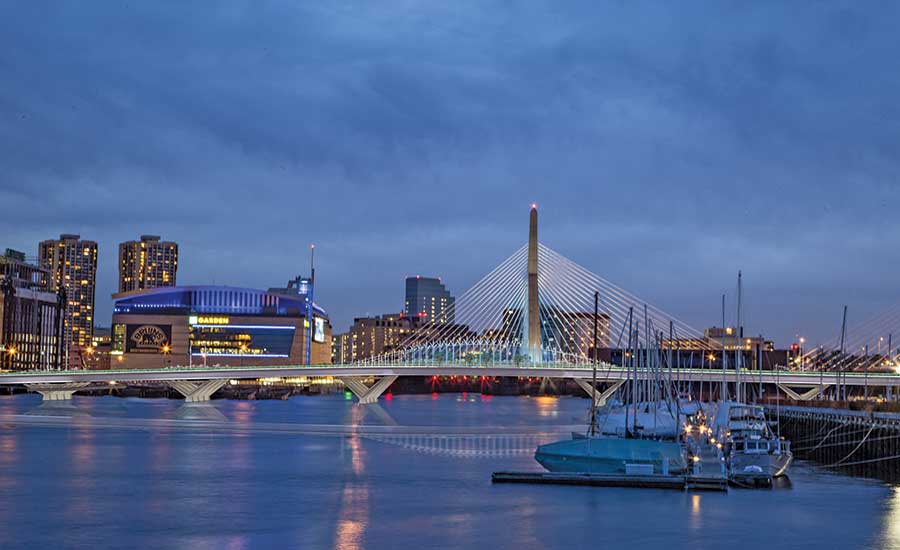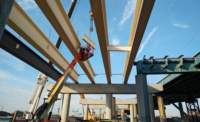Transportation design firms are seeing the best market conditions in years, thanks to a variety of funding initiatives that are allowing states and localities to extend project programming horizons into the 2020s.
As a result, transportation agencies finally have been able to get moving on long-languishing road-and-bridge work and put a dent into their lengthy maintenance backlogs. “I wouldn’t say the market is excellent, but it’s strong,” says Matt Cummings, executive vice president for AECOM.
While last fall’s enactment of the $305-billion Fixing America’s Surface Transportation (FAST) Act provided a welcome funding infusion for the next five years, previously enacted state- and local-level initiatives for road and transit needs may be the more significant driver.
“States with their own funding measures are in better shape” than those without, observes James J. Blanusha, executive vice president for Alfred Benesch & Co. With their newfound resources, DOTs are emphasizing the repair of existing infrastructure, “less so on new routes and major improvements,” he adds.
Some major projects include widening the 62-mile I-90 Jane Addams Tollway in Illinois and a major deck replacement for the eight-lane I-75 Rouge River Bridge in Detroit.
State-level funding initiatives also have suffered setbacks, however. Minnesota’s legislature adjourned without a new transportation funding plan, sidelining projects such as the $1.65-billion extension of the Southwest Light Rail Transit line in suburban Minneapolis. Six other state legislatures also failed to pass gas or sales tax increases during the first half of 2016.
Public-private partnerships continue to be used for a variety of large projects, including New York City’s LaGuardia Airport’s $4-billion Central Terminal renovation and Maryland’s 16-mile, $2.65- billion Purple Line light-rail system, slated to begin construction this summer.
And in April, Kentucky became the latest state to approve P3s for transportation projects.
Cummings notes that while wider use of P3s for infrastructure has brought greater consistency in implementation, procedures still vary across states. “They want to be sure they’re getting the best value, and that risk is being shared appropriately,” he says.
DOTs also are expressing greater interest in unsolicited proposals for addressing long-standing needs, according to R.A. Plummer, who heads the transportation business unit for David Evans and Associates. “They’re saying, ‘Help us get to the end game, and we’ll see if we can do it,’ ” Plummer says. While this project delivery method is not permitted in every state, this approach “will continue to spread,” Plummer notes.
Rail and transit projects continue to push ahead. The LYNX Blue Line Extension in Charlotte, N.C., is a year away from completion, while Sound Transit is hopeful that the rapid progress on its Northgate Link extension in Seattle will inspire Puget Sound-area voters to ratify a $50-billion expansion program this fall.
“We’re likely to continue seeing additional planning and engineering efforts along the Northeast Corridor and other high-performance rail corridors,” says Rich Amodei, senior vice president for STV Inc.
The freight-rail market segment currently slowed by those same low energy prices also has a secure future, thanks to the FAST Act’s $4.5-billion competitive grant program for “nationally significant” projects, he adds.





Post a comment to this article
Report Abusive Comment